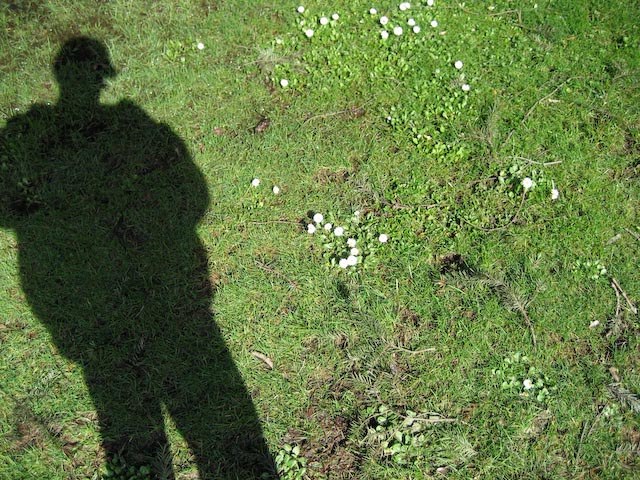The following short piece from Susan Sontag challenges some fundamental notions of art, criticism and cultural theory. Well worth a read. (RB)
The earliest experience of art must have been that it was incantatory, magical; art was an instrument of ritual. (Cf. the paintings in the caves at Lascaux, Altamira, Niaux, La Pasiega, etc.) The earliest theory of art, that of the Greek philosophers, proposed that art was mimesis, imitation of reality.
It is at this point that the peculiar question of the value of art arose. For the mimetic theory, by its very terms, challenges art to justify itself.
Plato, who proposed the theory, seems to have done so in order to rule that the value of art is dubious. Since he considered ordinary material things as themselves mimetic objects, imitations of transcendent forms or structures, even the best painting of a bed would be only an “imitation of an imitation.” For Plato, art is neither particularly useful (the painting of a bed is no good to sleep on), nor, in the strict sense, true. And Aristotle’s arguments in defense of art do not really challenge Plato’s view that all art is an elaborate trompe l’oeil, and therefore a lie. But he does dispute Plato’s idea that art is useless. Lie or no, art has a certain value according to Aristotle because it is a form of therapy. Art is useful, after all, Aristotle counters, medicinally useful in that it arouses and purges dangerous emotions.
Continue reading…
 Tuesday, April 20, 2010 at 10:05AM
Tuesday, April 20, 2010 at 10:05AM 



